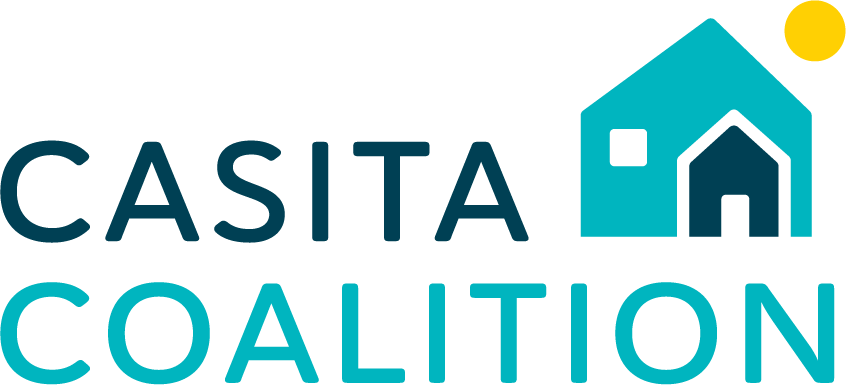How to get started with an ADU
So you’re thinking about adding an ADU to your property - congratulations! Here are some of our suggestions to help you get started.
Step 1: Think about why you want to build an ADU.
It’s helpful to think about both your short-term needs and your long-term goals. One of the benefits of an ADU is that it can adapt to your living situation as it changes over time. At first, it might be rented for income, then it might turn into a children’s playroom, and eventually, it might house aging parents or yourself. You might want to consider the following goals during this phase:
Rental income
Housing for a family member
Helping out the community
Housing for someone with special needs
Planning for retirement
Increasing the resale value of your home
Downsizing or moving into the ADU
Housing domestic help, like a nurse or an au pair
Step 2: Get inspiration
Once you have an idea of what your ADU might be used for, get some inspiration by looking at other ADU projects.
Watch videos
Look at floor plans
Check out photos
Step 3: Talk to a professional
Find a professional who can help you understand your city’s rules and how they may apply to your ADU project. This professional could be:
Someone at your city planning department. Visit your city to speak with someone at the permit counter or go to their website to view any ADU guidance materials
A builder, designer, or ADU feasibility advisor (even for a preliminary informal call)
In many areas, workshops and trainings are available that can walk your through what you will need to know.
Step 4: Come up with a budget and a financing strategy
The finances of your project are fundamental in determining what is possible. One size doesn't fit all, and it might make more sense for you to work on your budget before talking to a professional. Either way, an early assessment of your current finances is recommended before you proceed to other steps.
You will need to balance the design of your ADU with what you can afford. For example, a larger or higher-end unit will likely command higher rent, which will allow you to afford a larger loan.
Keep in mind that your initial cost estimates are likely to change. You really won’t know what it costs to build until you talk to a professional.
Step 5: Decide on type of construction and hire a team
Selecting your team will be an important step and differ based on the type of construction you select: site build or prefab. Some people hire a design/build or prefab firm to handle the entire project, from design to construction, while others hire a separate designer and builder that work together to finalize plans and budget. For this step, you will look at their past work and check references. It can also be helpful if they have worked in your community and know the local permitting process.
There are several types of designers and builders you might want to consider hiring:
An architect
Architects take legal responsibility for their work. They may provide a range of services, including full-service support from the initial concept to completion of construction, and coordinating with required consultants such as structural engineers and any related subcontractors. Many work on both site build or prefab ADUs.
An ADU designer
The term designer is not regulated; anyone can call themselves a designer. Some designers have an architectural education and training but are not licensed. Others are self-taught. Most fall somewhere in between. The services designers provide are variable depending on their experience and business model.
A contractor
There are many kinds of builders – some specialize in ADUs, some specialize in site build or prefab ADUs, and some do both. They will work with your designer to finalize plans, budgets, and permits, then manage the construction once it begins.
A design/build or prefab firm
Design/build firms custom build ADUs on-site and have both designers and builders to work on your project. Prefab firms usually have preset designs for you to choose from that are mostly built offsite and managed by a builder. Some design/build firms also work on prefab ADU. In both options, all aspects of the project will be completed and managed by one company, versus hiring a separate designer and builder.
About Casita Coalition
Casita Coalition is the only statewide, multi-sector organization that brings together all key players to remove policy barriers, making a big impact through small homes. Working through our Board, Advisory Committee, and Working Groups, we draw on the diversity of expertise and experience of our members to make it easier to build small homes in all neighborhoods across California. Visit www.casitacoalition.org to learn more.


